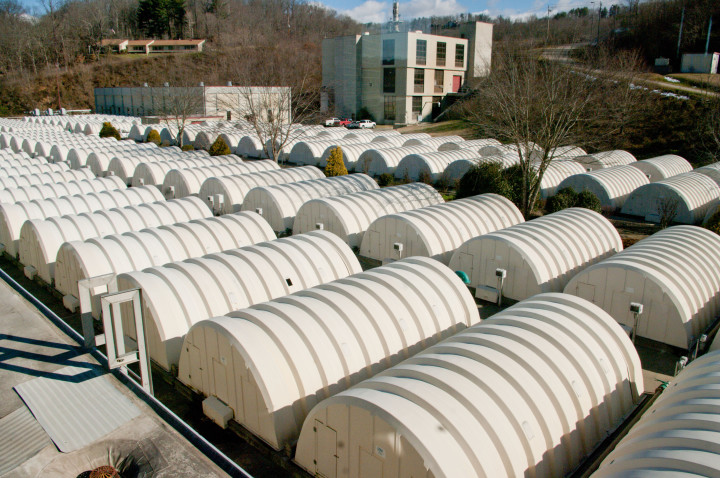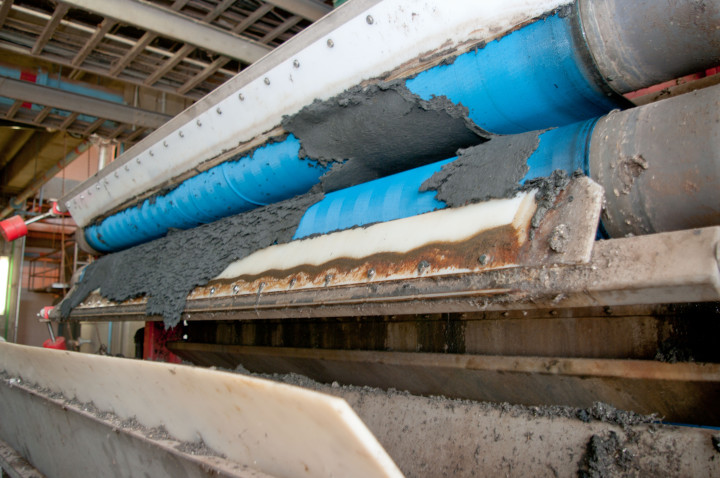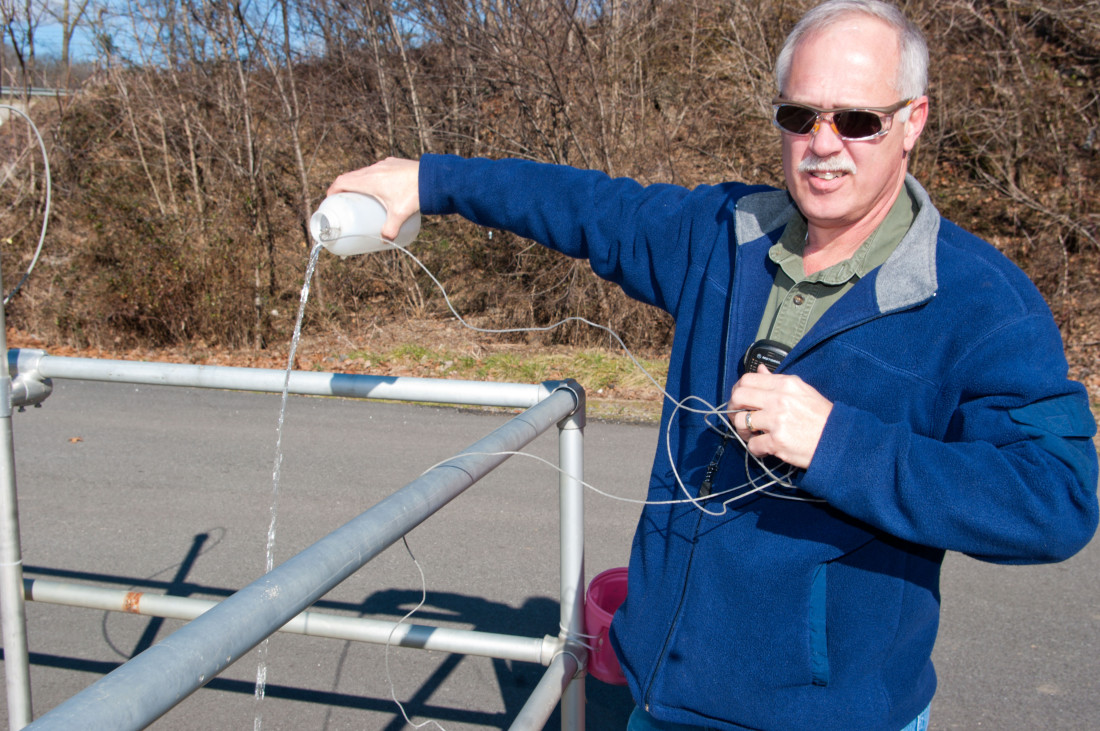Dental appointments make plenty of people nervous, but water pollution isn’t usually what they’re worrying about. According to Environmental Protection Agency estimates, however, dental offices are responsible for 50 percent of the mercury entering the nation’s wastewater. Dental amalgam is 49 percent mercury by weight, and dental offices discharge about 4.4 tons of it annually.
Mercury is toxic to humans, particularly fetuses, infants and children. It persists in the environment and can be absorbed when eating fish and shellfish. A neurotoxin, it can impair mental function and, in high doses, cause respiratory failure and even death.
For the last several years, the EPA has been developing stricter mercury regulations for dental practices and public sewage treatment systems. Seeing the writing on the wall, the Metropolitan Sewerage District sent a letter and survey to dentists within its service area in January 2013 to determine who was using amalgam and how they were disposing of it. MSD’s facility, the letter explained, is “not designed to remove mercury from the wastewater or the solids generated from the wastewater treatment process.”
Breaking down the numbers
According to the EPA, some 160,000 dentists working in over 120,000 dental offices nationwide either use amalgam or remove amalgam fillings, and almost all of these offices send their wastewater to publicly owned treatment facilities.
MSD’s letter and survey were sent to 81 local dental facilities. Of the 65 that responded, 40 said they did use dental amalgam, and 24 said they only removed amalgam fillings, replacing them with a biocompatible substance.
More than 40 local offices had some form of amalgam separator installed; 11 said they didn’t yet but were planning to install them. Others that didn’t have separators planned to discontinue using amalgam. Ten offices said they used dental amalgam fillings, didn’t have separators and didn’t plan to install them.
“But the dentists are aware, and most of them are making strides to put in separators,” says MSD Field Operations Manager Monty Payne.
Bug farmers

Imagine a countywide plumbing system serving more than 50,000 customers over 180 square miles, with about 1,000 miles of pipe and some 30 separate pump stations needed to battle gravity here in the mountains. The endpoint for all that sewage, including the wastewater from dental offices, is MSD’s treatment plant on Riverside Drive. Before 1967, when the plant came online, untreated wastewater was piped directly into the river. According to Asheville author Wilma Dykeman’s 1955 book, The French Broad, “You could smell the river before you saw it.” Since then, however, thanks to the Clean Water Act and the efforts of nonprofits like RiverLink and MountainTrue, the North Carolina portion of the French Broad has been upgraded from a Class C water quality rating (which discourages extensive physical contact with the water) to Class B (suitable for swimming).
The MSD plant processes about 20 million gallons of sewage per day and can handle up to 40 million — hopefully with no blockages, pump failures or leaks. The goal, every day, is to put the water back into the river in as good, if not better, condition than when it entered the system, says Operations Manager Roger Edwards.
From an office in the plant’s control tower, you can see the rapids just below Craggy Dam, where whitecaps speckle the water’s surface. On the walls are floor-to-ceiling maps of the county, with lights and markers indicating the pump locations. Up a short flight of stairs, a master control desk affords a full view of the plant. An array of video screens shows every stage of the treatment process, from headworks to effluent. You’d almost think you were in the basement of Batman’s Wayne Manor.
MSD’s facility, believed to be the largest of its kind in the world, uses a two-part water treatment process that’s completely biological. For the billions of microorganisms that live on the 152 rotating biological contactors, wastewater is their food source. Operating under white geodesic domes visible from the road, each RBC is covered with crevices and crannies that create almost 3 acres of surface area. This is where the “bugs” live, says Edwards, adding that he and his staff are basically “bug farmers.”
Grease and grit
Wastewater first flows through wash screens that remove large particles like plastic, paper, baby wipes and that golf ball your 2-year-old flushed down the toilet as an experiment. After that, separating tanks allow the grit to settle and the grease to rise, culling the clean water in between. After going through three separate stages of RBCs, the water is pumped to the intermediate clarifiers, where more solids settle out.

The water then passes through a series of disc filters and continues on to waste treatment. Meanwhile, the residual sludge is injected with a polymer composite that bonds with the solids to make “cakes.” Rollers press the excess water out of the cakes, which then go to the incinerator. The water is sent back through the entire treatment process again.
Thanks to a $5.5 million smokestack scrubber upgrade in November, the incinerator system now keeps 90 percent of the mercury in the cakes from being released into the air — surpassing the current EPA standard. The captured mercury is deposited in a lined ash pond behind the plant.
But the overall removal rate for the mercury in wastewater remains a much lower 76 percent. “We remove around 5.5 pounds of mercury out of 7.3 pounds that we take in annually,” says Edwards. “You might think of a 5-pound bag of sugar as a reference for size, but this is a very dense material, and the amount we remove annually is roughly the size of a 3-inch cube.” That leaves 1.8 pounds of mercury (about half a cubic inch) per year that ends up heading downstream.
It doesn’t come through as a lump, however, but as tiny particles a bit at a time. A gram of mercury is roughly the size of a grain of sand, which is why it’s so hard for the utility to catch it all — and why dental offices need amalgam separators.
We all live downstream
“Every waterway in North Carolina is impaired by mercury pollution,” says French Broad Riverkeeper Hartwell Carson. There’s a statewide fish consumption advisory, he notes, due to methylmercury contamination.
“Three grams — 1/25 of a teaspoon — of mercury is enough to contaminate a 60-acre lake,” he reveals. And while “MSD generally does a good job of treating what they know is coming, which is human waste … I don’t believe their system is really designed to screen out the other weird things that get sent to it.”
Still, Carson, who works for local environmental group MountainTrue, isn’t blaming MSD. “They really are proactive about protecting and maintaining their system,” he says, “and are always looking for ways to improve it.”
But many smaller treatment plants along the French Broad, he points out, may not be as closely monitored due to budget and staff limitations.
Thanks to MSD’s new scrubber system, the incinerator is in full compliance with air quality regulations. Meanwhile, the EPA and the American Dental Association are negotiating the final language of a rule requiring dental offices to use amalgam separators that remove 99 percent of the mercury from their wastewater. The rule is expected to be issued this summer.
“It’s a cooperative partnership all the way, with everyone that’s on our system,” says Edwards, including the general public. Because ultimately, even so-called “disposables” don’t just magically disappear: It all ends up somewhere. And at the treatment plant, he explains, things like baby wipes and cooking grease “block the flow and make a mess; then it just gets scraped off and sent to the landfill.”




Before you comment
The comments section is here to provide a platform for civil dialogue on the issues we face together as a local community. Xpress is committed to offering this platform for all voices, but when the tone of the discussion gets nasty or strays off topic, we believe many people choose not to participate. Xpress editors are determined to moderate comments to ensure a constructive interchange is maintained. All comments judged not to be in keeping with the spirit of civil discourse will be removed and repeat violators will be banned. See here for our terms of service. Thank you for being part of this effort to promote respectful discussion.